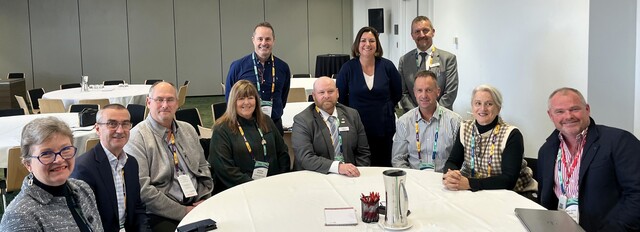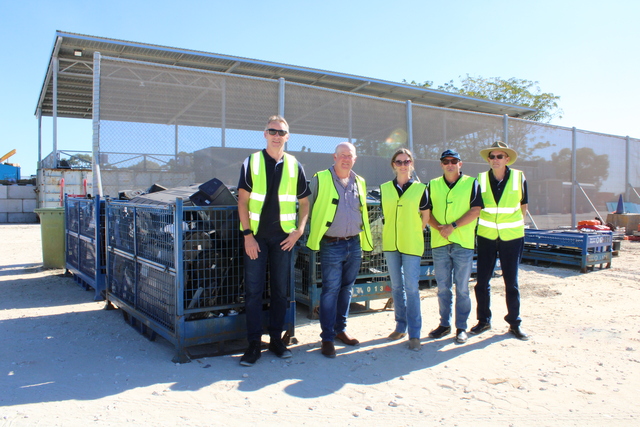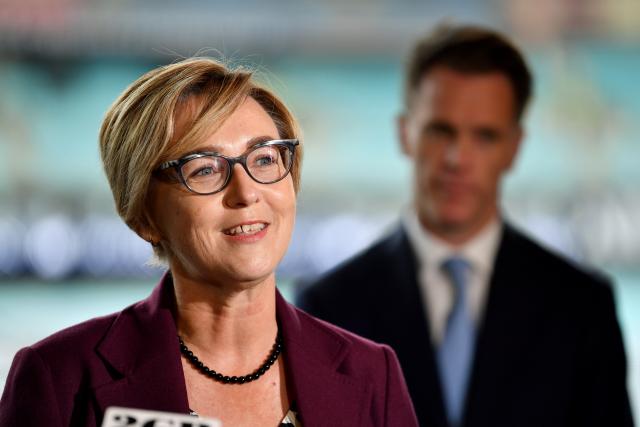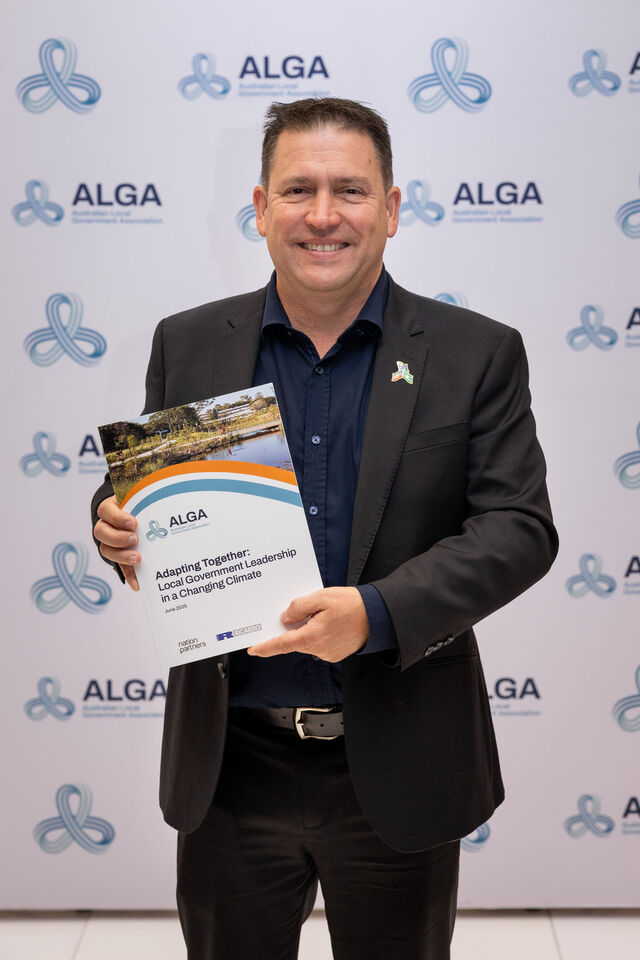The hottest game in town is the Jobs Fund – $650 million of Federal grants for community infrastructure and related needs. The fund is ostensibly for seven priority regions most affected, or likely to be affected, by the global financial crisis.
But on closer examination, I realised that six of the seven were urban regions. Deciding this was odd, and since there was no departmental phone number on the website, I rang a certain Minister’s office.
The Minister’s minder explained that the seven regions had been identified by Centrelink as those that had experienced the biggest job losses.
I respectfully replied that some rural regions had already shed many jobs and are on the bones of their collective bums: Gippsland, Riverina, far west NSW, Mallee, Wimmera, central west NSW and Murraylands, for example. I added that there are other regions within the cities facing lots of structural adjustment.
Due to others expressing similar concerns, there has thankfully been a softening of the seven priority regions arrangement.
Projects still need to be of a high quality because it is a beauty contest.
Submissions for infrastructure grants can be made at any time, and they go direct to Ministers.
Submissions for the other categories go to the respective departments servicing the four Ministers (Gillard, Macklin, Albanese, Garrett) and the second (final round) closes in December.
But I’m tipping that there will be a third round because of the delays being experienced in organising submissions.
Once the Jobs Fund is committed, that’s all folks! So don’t linger.
Pacific Technology Gateway
Geoff Mullins, Chairman of the Pacific Technology Gateway (PTG) and a Cockatoo member, gave an impassioned presentation at the Cooperative Research Centre’s annual conference in Canberra in May. The PTG is a newly formed peak body aiming to build stronger international partnerships for Australian firms, and to attract foreign direct investment to Australia’s technology sector.
Geoff observed that Australia is heading to the ‘valley of death’ unless there is drastic reform to our technology sector and we address our inability to communicate with the international economy. He also called for voluntary investment from superannuation funds. However, Industry Minister Carr’s office was reported as saying that the incentives announced in the Budget had already opened up the market to direct investment. Somewhat premature?
Geoff speaks with knowledge and authority, given that he’s been listening to local and foreign companies in northern Sydney, and garnering the support of State and Federal politicians. And, interestingly, he has been actively developing win–win scenarios with government agencies and investment groups in Asia.
The PTG proposes to roll out 35 chapters around Australia: those established to date are in northern Sydney, southeast Melbourne, south Brisbane and ACT/Queanbeyan. Adelaide, Geelong and Newcastle are currently being briefed.
Geoff and his team are involved in something that is far reaching and totally in sync with best practice industry policy. If your region is keen to attract investment and to form alliances with the world, visit the website at www.ptgateway.com.au – and then contact us, because we are assisting with the rollout.
Western Sydney’s infrastructure
We recently came across some work by Professor Philip O’Neill from the University of Western Sydney quoting the European Commission’s landmark report ‘Constructing Regional Advantage’.
It argues for the adoption of platform policies, rather than sectoral policies, whereby a region can build competitive infrastructure, human capital and a quality business climate based around spatial business formations such as commercial zones and business districts.
In this context, O’Neill laments the last decade as a lost opportunity for western Sydney because it has not built a platform for the future. He argues that 21st century infrastructure hasn’t been developed.
There is much merit in what he is saying. The public transport system is inadequate, and the traffic delays are dragging down the investor attractiveness of the region. There is some very serious industry capability in this region, but if the NSW Government’s intransigence over the North West rail link continues, the loser will be NSW.
Dealing with Canberra – Tip
No. 10 ‘Connect,
Connect, Connect’
The background to my final tip is that because Canberra is a madhouse of agendas and paperwork, you can be waiting a long time for a reply.
Or the reply is a form letter, which says nothing. You then lose interest, and your confidence drops. ‘Perhaps it wasn’t such a good idea in the first place?’ you say to yourself.
The reality is that you must ensure you connect properly. You must overcome the cardigans by selling your proposal on multiple fronts, and by giving the politician the feeling your proposal is inherently a winner.
Connection strategies include meetings with the minders, organising lead articles in your local newspaper, creating a news story for your local evening news, briefing opposition MPs, ensuring that the beneficiaries are proactively supporting the project, and so on.
And then there is the Red Wine Strategy whereby you invite your local MP to a private working dinner.
My former boss, Minister John Button, used this technique to great effect – no paperwork, just a solid discussion with groups of business leaders about options for their particular industry. Quiet room, nice meal, a few reds – a marvellous connectivity method.
*Rod Brown is a Canberra-based consultant specialising in industry/regional development, investment attraction, clusters and accessing Federal grants. He also runs the Cockatoo Network. He can be contacted at apd@orac.net.au or phone (02) 6231 7261. Go to our blog at www.investmentinnovation.wordpress.com for 550+ articles on issues relevant to Local Government.







